Multi-Functional Spaces: Maximizing the Use of Your Living Space
As the world becomes increasingly urbanized and the cost of living rises, homeowners are looking for ways to make the most of their living spaces. One of the most popular solutions to this problem is the creation of multi-functional spaces. These spaces are designed to serve more than one purpose, helping homeowners maximize the use of their homes and make the most of the available square footage.
In this blog post, we'll explore the concept of multi-functional spaces and how you can incorporate them into your home. From the benefits of multi-functional spaces to the key design considerations and practical tips for creating them, we'll cover everything you need to know to get started.
Why Multi-Functional Spaces?
There are several reasons why multi-functional spaces are becoming more popular in interior design. First and foremost, they help homeowners maximize the use of their living space. Instead of having a separate room for each purpose, multi-functional spaces combine two or more functions into a single space. This can help you save space and make your home feel more spacious and open.
Another advantage of multi-functional spaces is that they can help you save money. By eliminating the need for multiple rooms, you can reduce the overall square footage of your home and save on construction and maintenance costs. Additionally, multi-functional spaces can also increase the value of your home, making them a great investment for the future.
Finally, multi-functional spaces are also great for improving the functionality and flow of your home. They can help you create a more open and connected living space, making it easier to move from one room to another and increasing the overall livability of your home.
Design Considerations for Multi-Functional Spaces
When creating a multi-functional space, there are several key design considerations to keep in mind. These include:
-
Purpose: The first step in creating a multi-functional space is to determine its purpose. What functions do you want the space to serve? Do you want it to be a kitchen/workspace or a living room/guest room? Knowing the purpose of your multi-functional space will help you make the right design choices and ensure that the space meets your needs.
-
Layout: The layout of your multi-functional space is also important. You'll want to ensure that the space is functional and easy to use for both of its intended purposes. Consider the placement of furniture, lighting, and storage to make sure that the space can be easily transformed from one function to another.
-
Furniture: Furniture is an important aspect of any multi-functional space. You'll want to choose furniture that can be easily moved and reconfigured to suit the different functions of the space. Consider modular furniture, such as sectional sofas, that can be arranged in different configurations to suit your needs.
-
Lighting: Lighting is also an important aspect of multi-functional spaces. You'll want to choose lighting that can be easily adjusted to suit the different functions of the space. Consider adding dimmer switches and task lighting to make it easier to switch between functions.
-
Storage: Finally, storage is an essential aspect of any multi-functional space. You'll want to make sure that there is enough storage space to accommodate all of the different functions of the space. Consider adding built-in storage, such as bookcases or shelving, to maximize the use of space.

Practical Tips for Creating Multi-Functional Spaces
Here are some practical tips for creating multi-functional spaces in your home:
-
Start small: If you're new to the concept of multi-functional spaces, start with a smaller room, such as a home office or a guest room, to gain experience and build confidence.
-
Get organized: Organization is key to making multi-functional spaces work. Take the time to plan out the room's layout, storage options, and furniture arrangements so that everything has its place.
-
Use furniture wisely: Furniture that serves multiple purposes is ideal for multi-functional spaces. Consider investing in pieces such as a sofa bed, a coffee table with hidden storage, or a fold-down desk.
-
Utilize vertical space: Multi-functional spaces often have limited square footage, so it's important to make use of every available inch. Vertical storage, such as shelving or cabinets, can help you maximize your space without sacrificing style.
-
Make the most of natural light: Good lighting is essential for multi-functional spaces, particularly if they will be used for multiple activities. Make use of natural light as much as possible to create a bright, open, and airy feel.
-
Incorporate color and texture: A space that is both functional and attractive is much more inviting. Use color and texture to create visual interest and a sense of warmth in your multi-functional spaces.
-
Invest in quality pieces: When it comes to multi-functional spaces, quality is more important than quantity. Invest in high-quality furniture, storage solutions, and décor elements that will last and serve their intended purpose well.
-
Plan for flexibility: Multi-functional spaces need to be flexible, so that they can accommodate different activities and uses over time. Consider modular furniture and modular storage solutions that can be rearranged as needed.
-
Make use of technology: Technology can be a game-changer when it comes to multi-functional spaces. From smart lighting to home automation systems, there are a number of tech-savvy solutions that can help you make the most of your space.
-
Keep it simple: Last but not least, keep your multi-functional spaces simple and uncluttered. The less stuff you have in the room, the more versatile it will be. Stick to a neutral color palette, choose furniture with clean lines, and keep accessories to a minimum.
In conclusion, incorporating multi-functional spaces into your home is a smart and practical way to maximize the use of your living space. By being creative and flexible with your design, you can create spaces that serve multiple purposes, making your home more functional and efficient. With the help of these practical tips, you can transform your home into a comfortable and organized living space that meets all your needs. Whether you're looking to maximize your square footage, create a more comfortable and convenient living environment, or simply make the most of your home, multi-functional spaces offer an excellent solution. So, why not start designing your multi-functional spaces today and start experiencing the benefits for yourself!


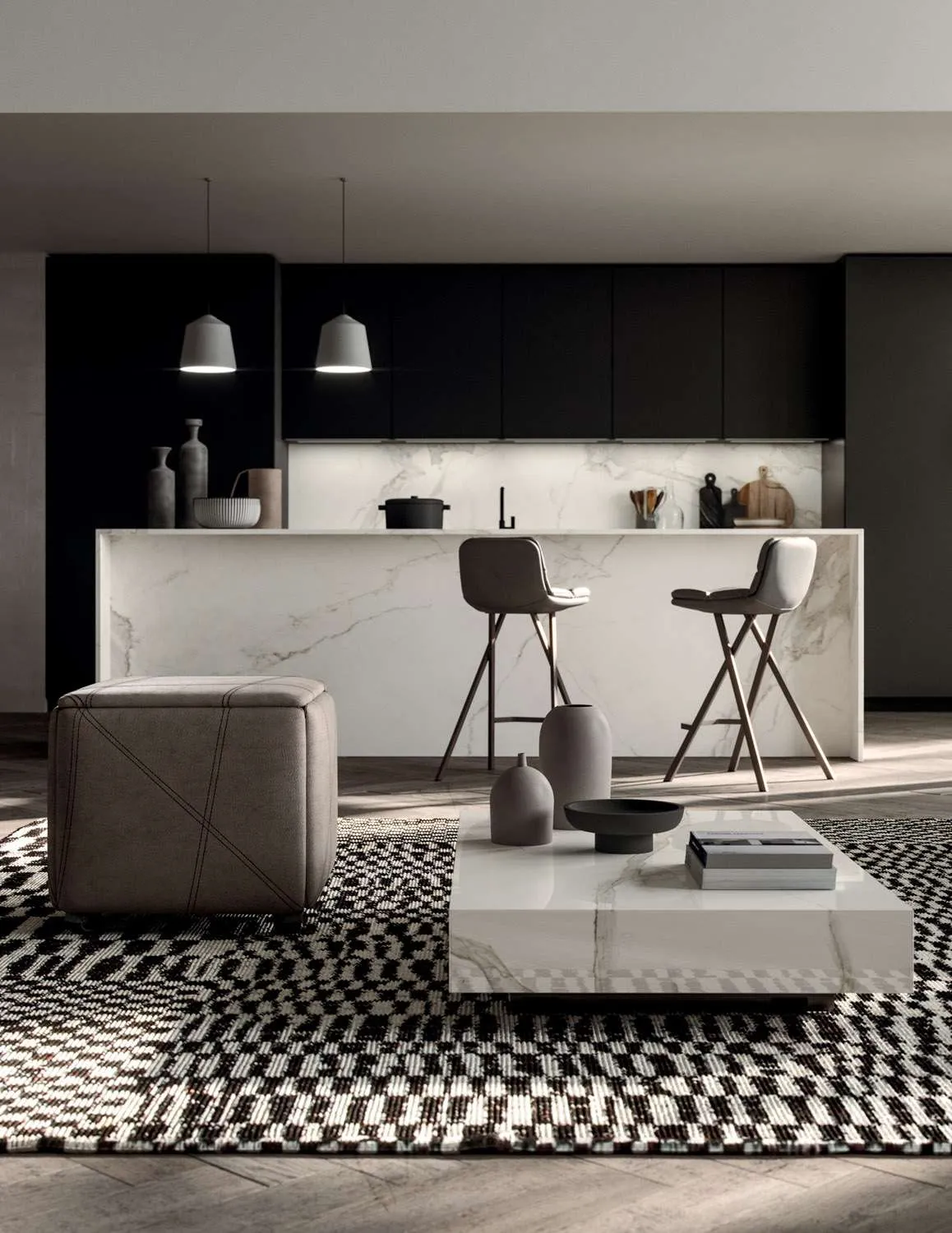
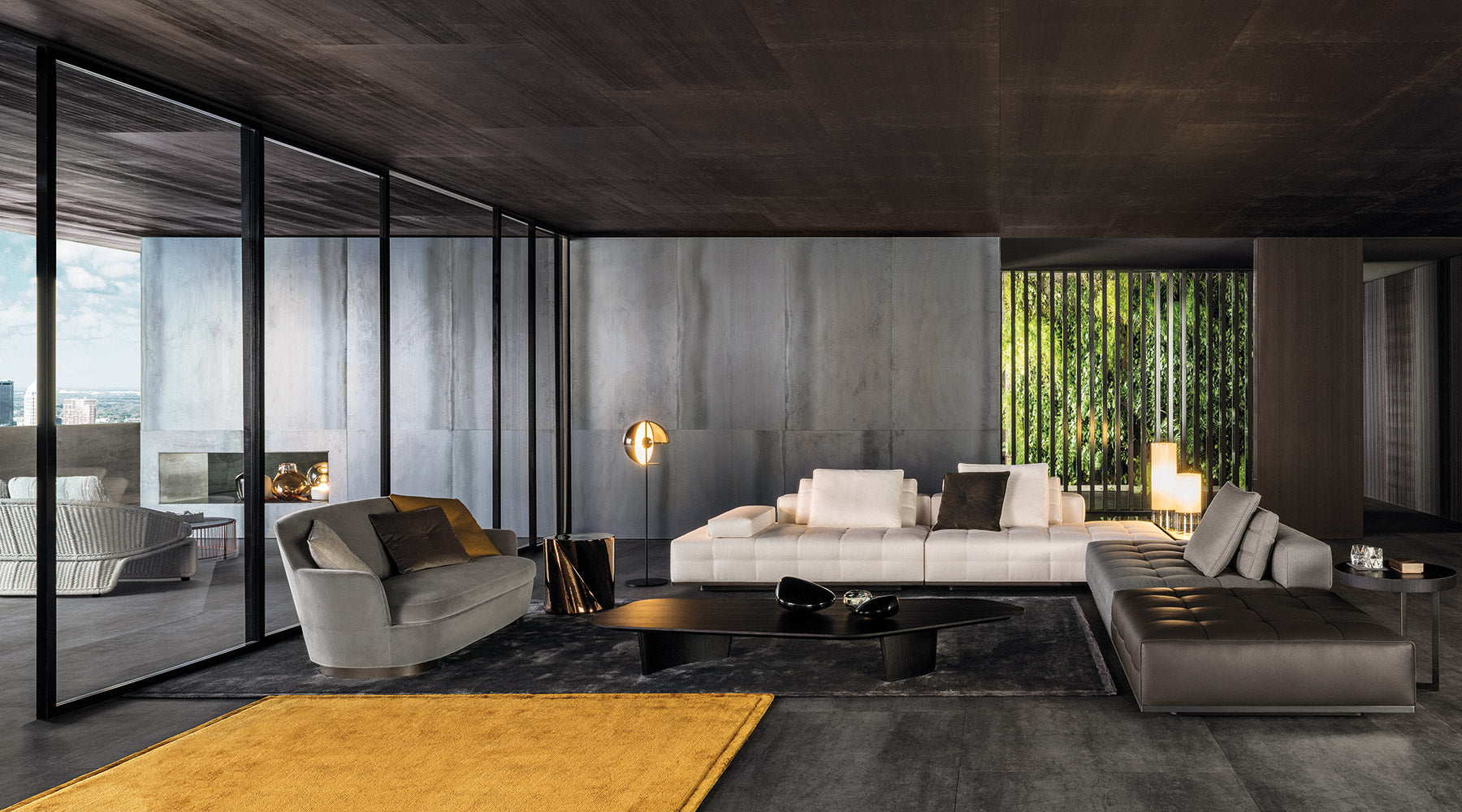
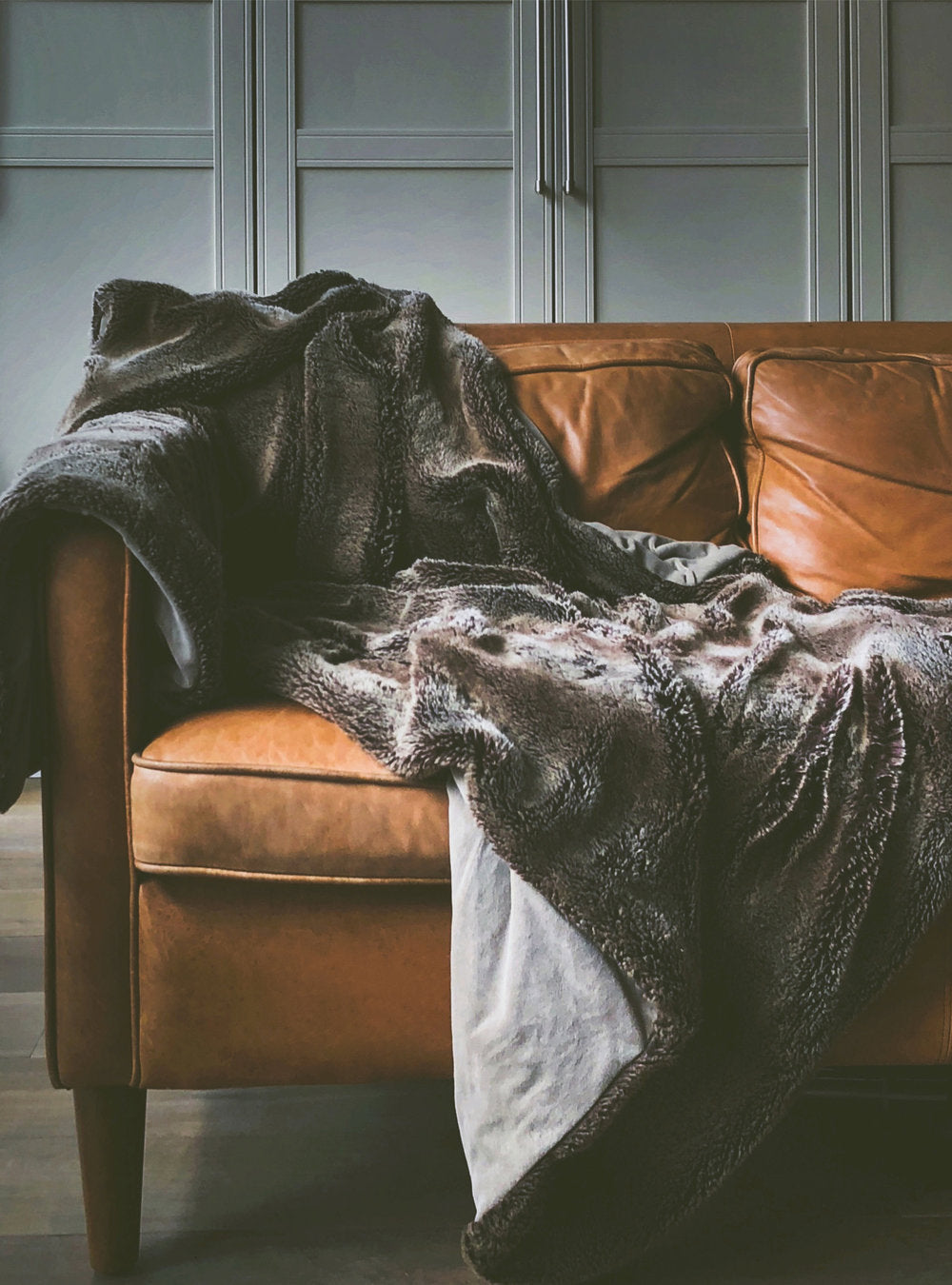
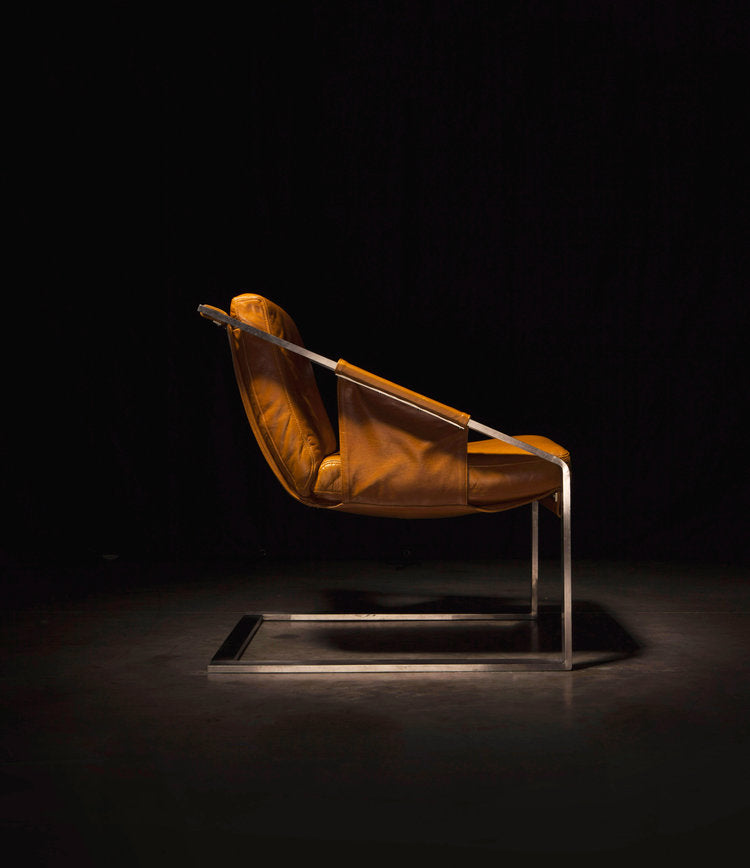
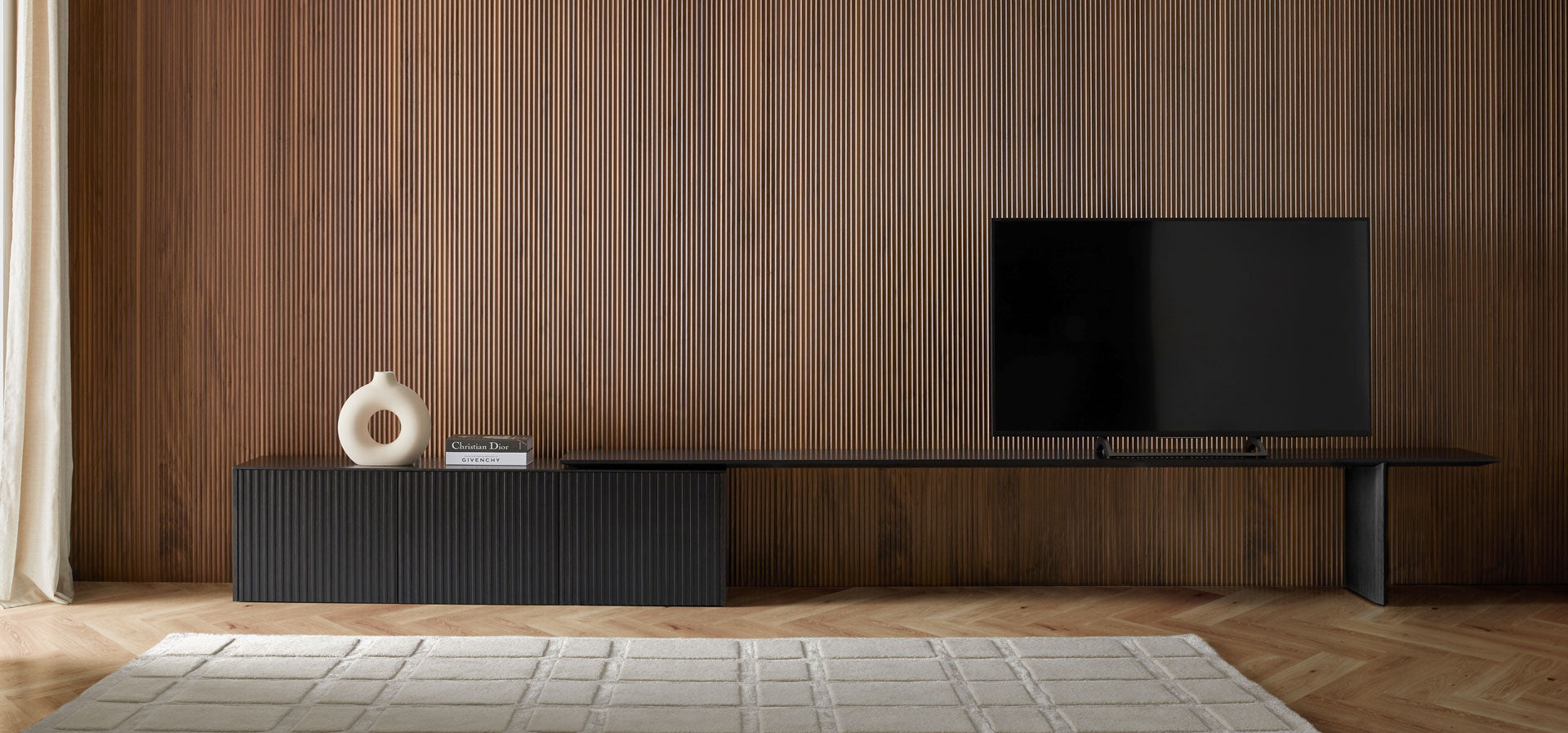
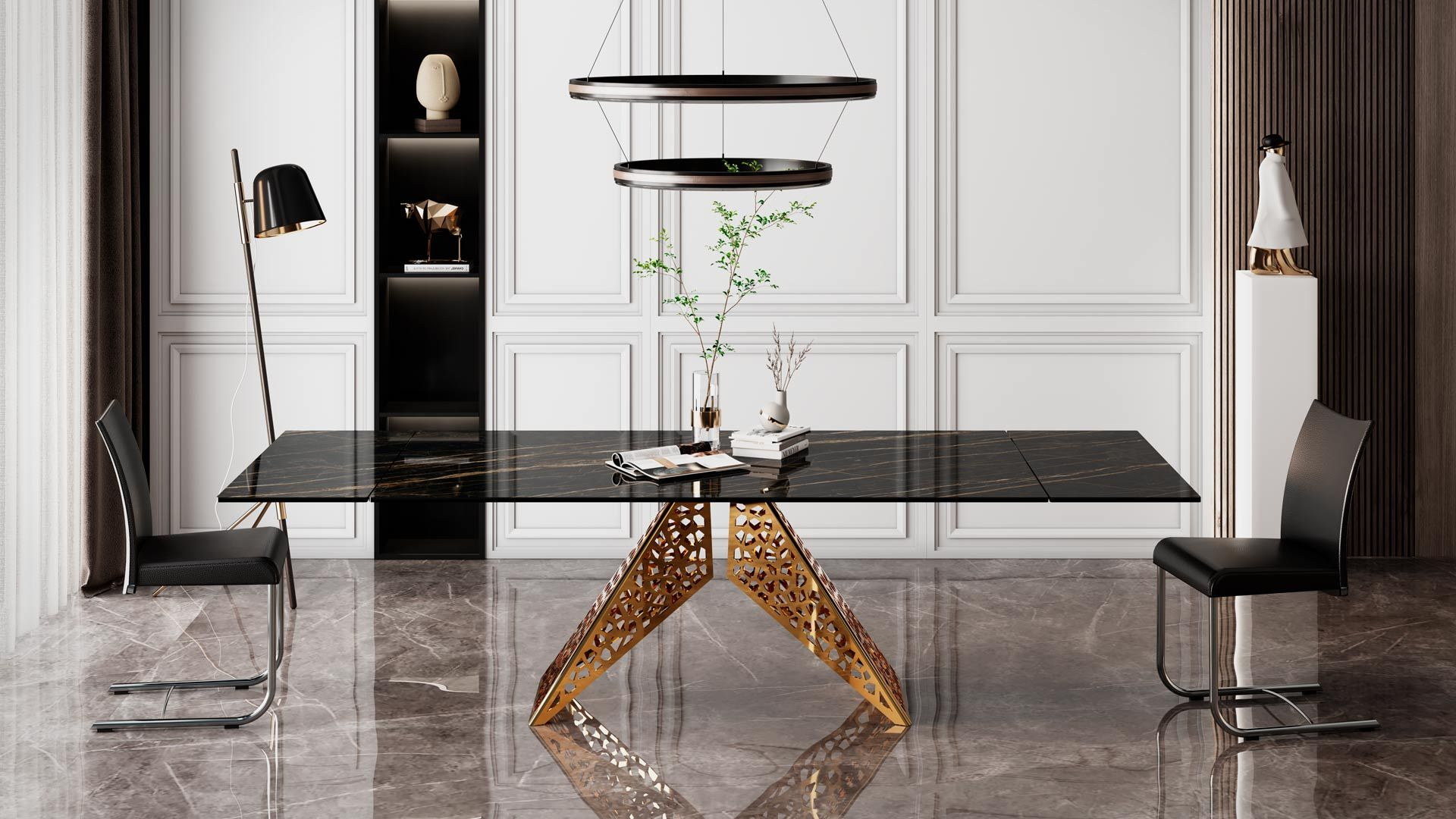
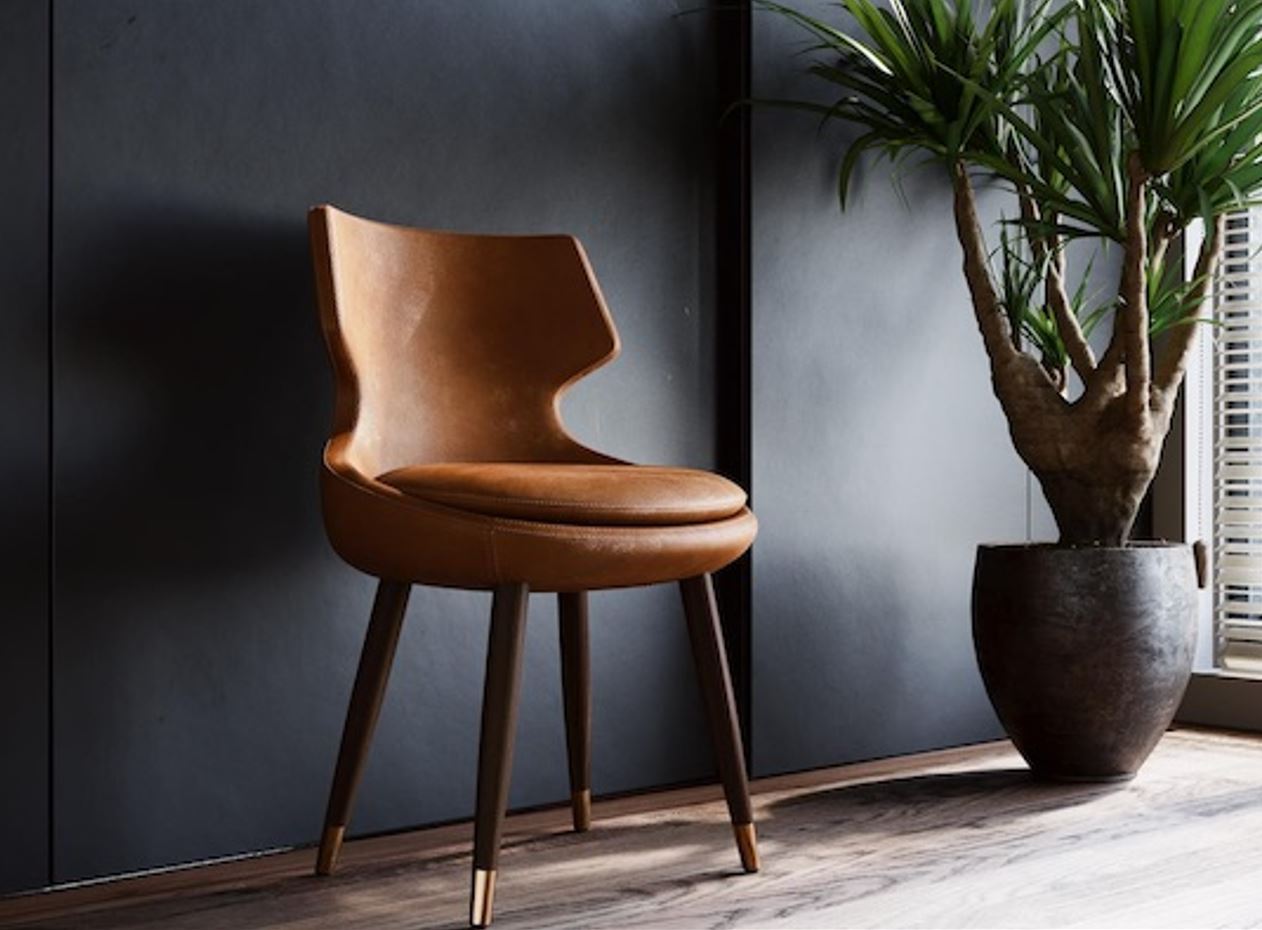
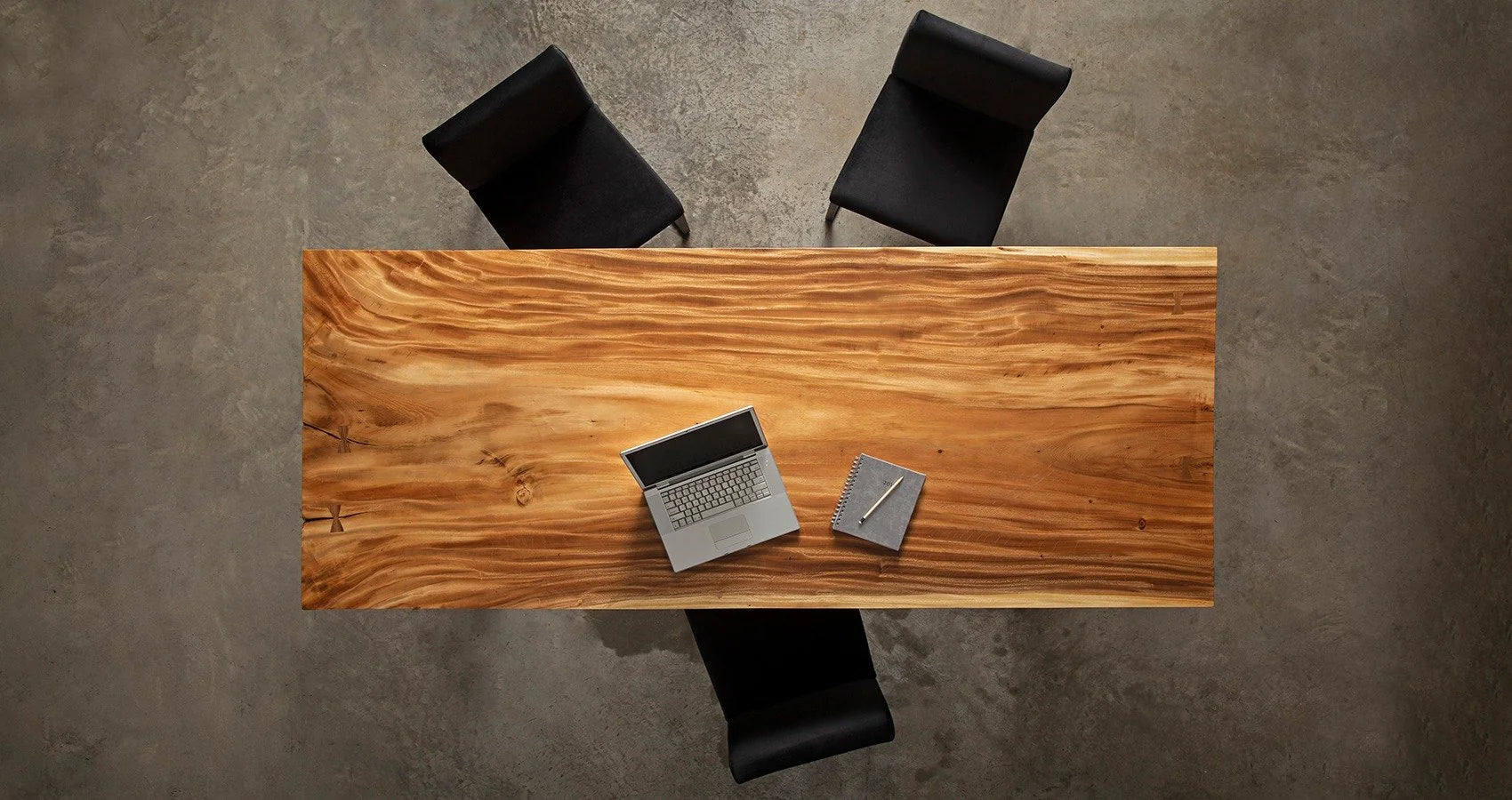
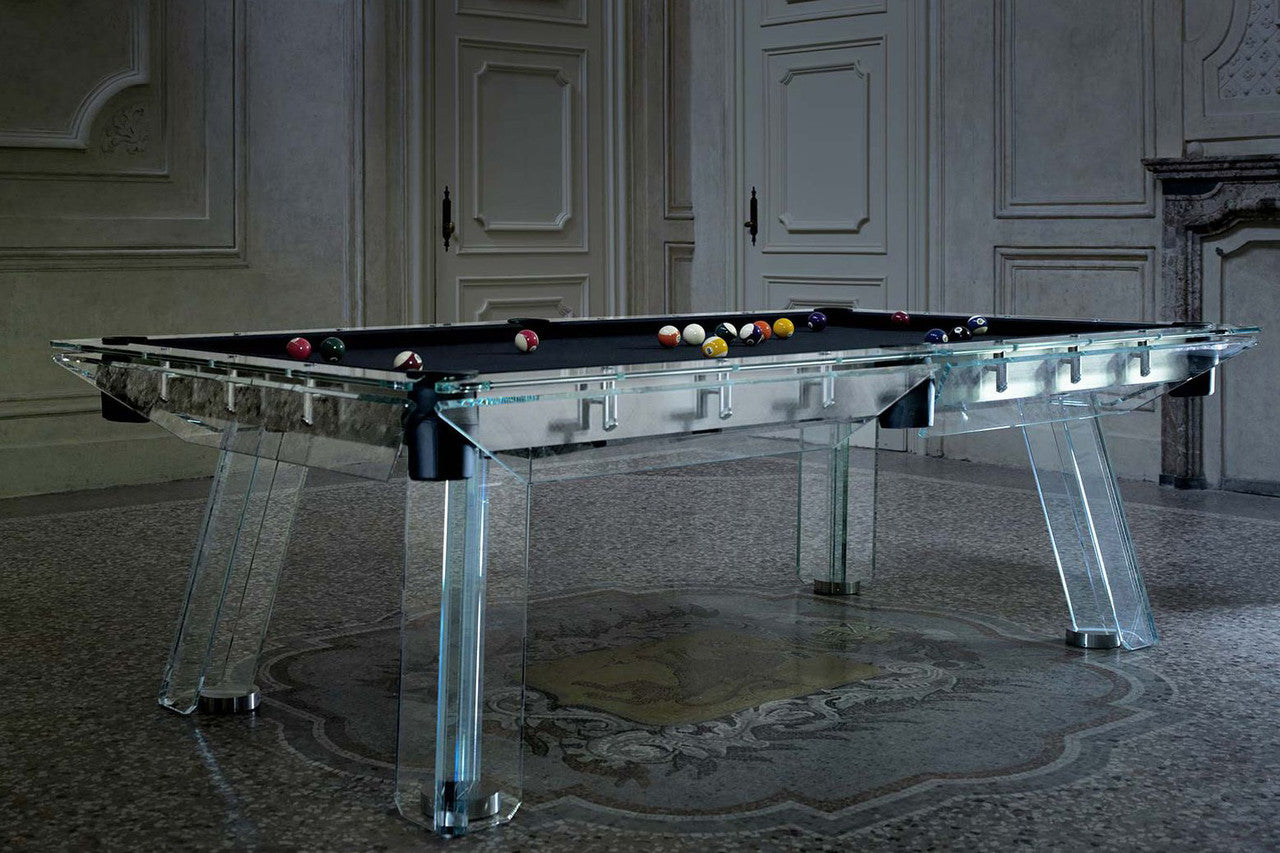
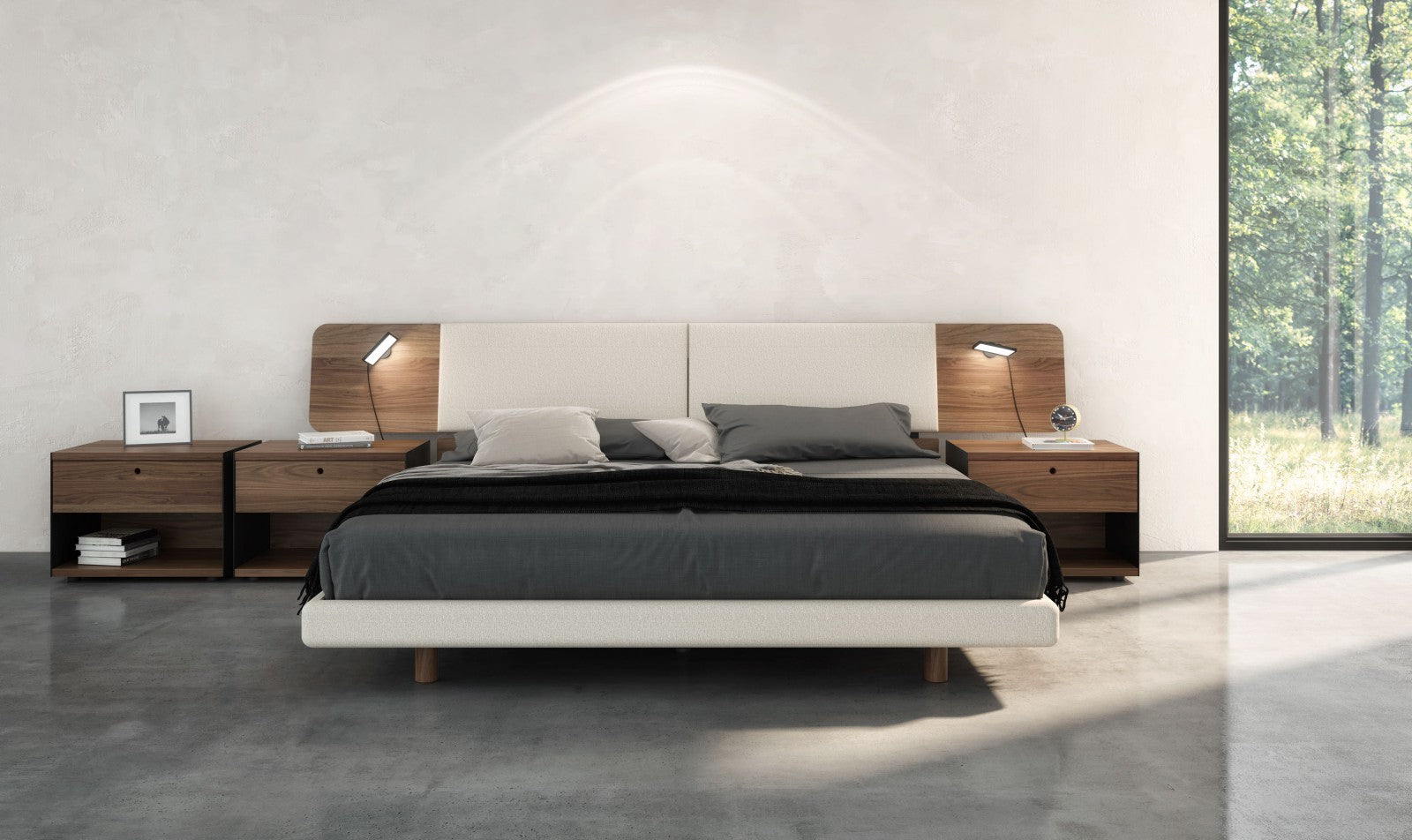
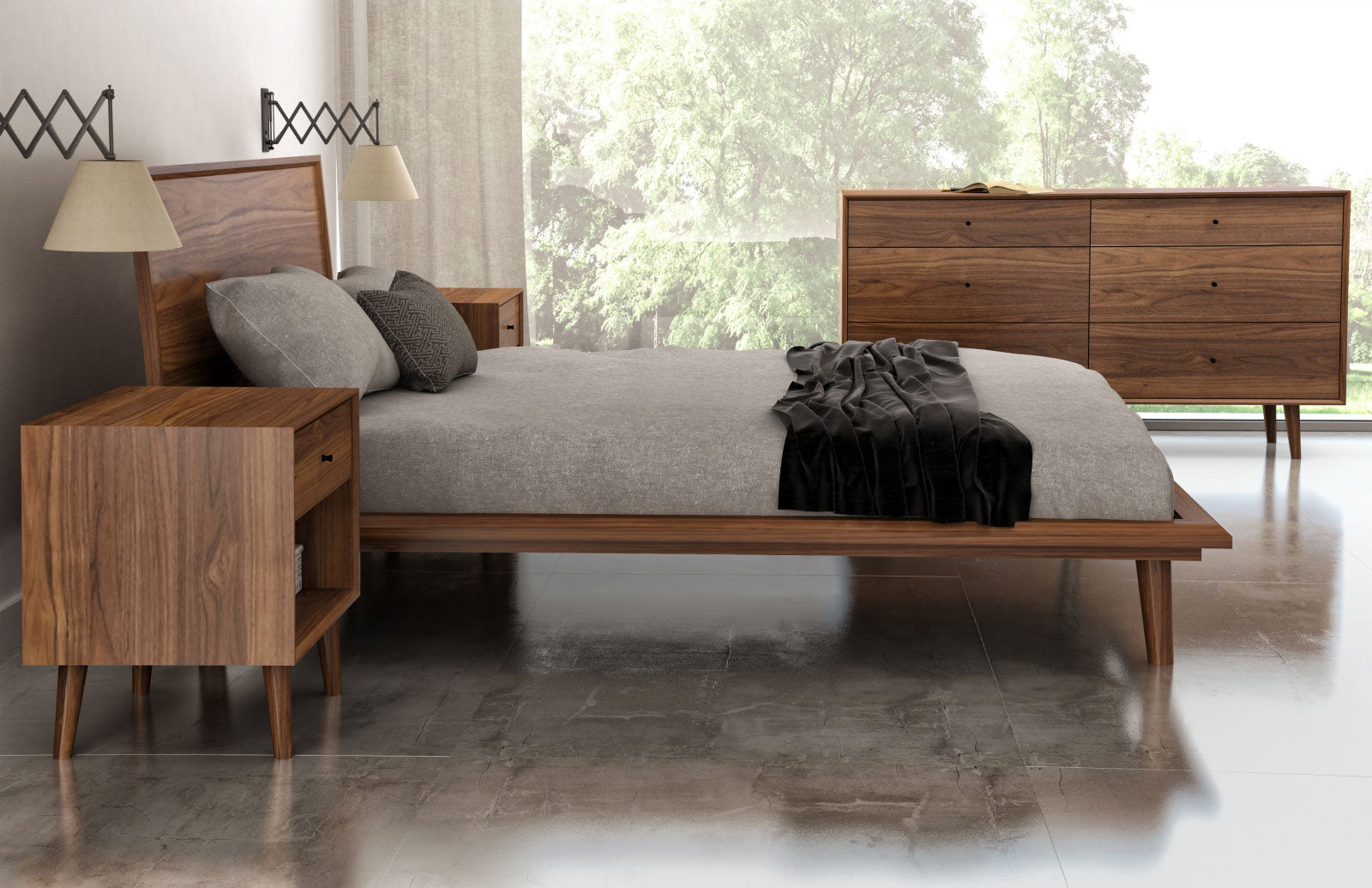
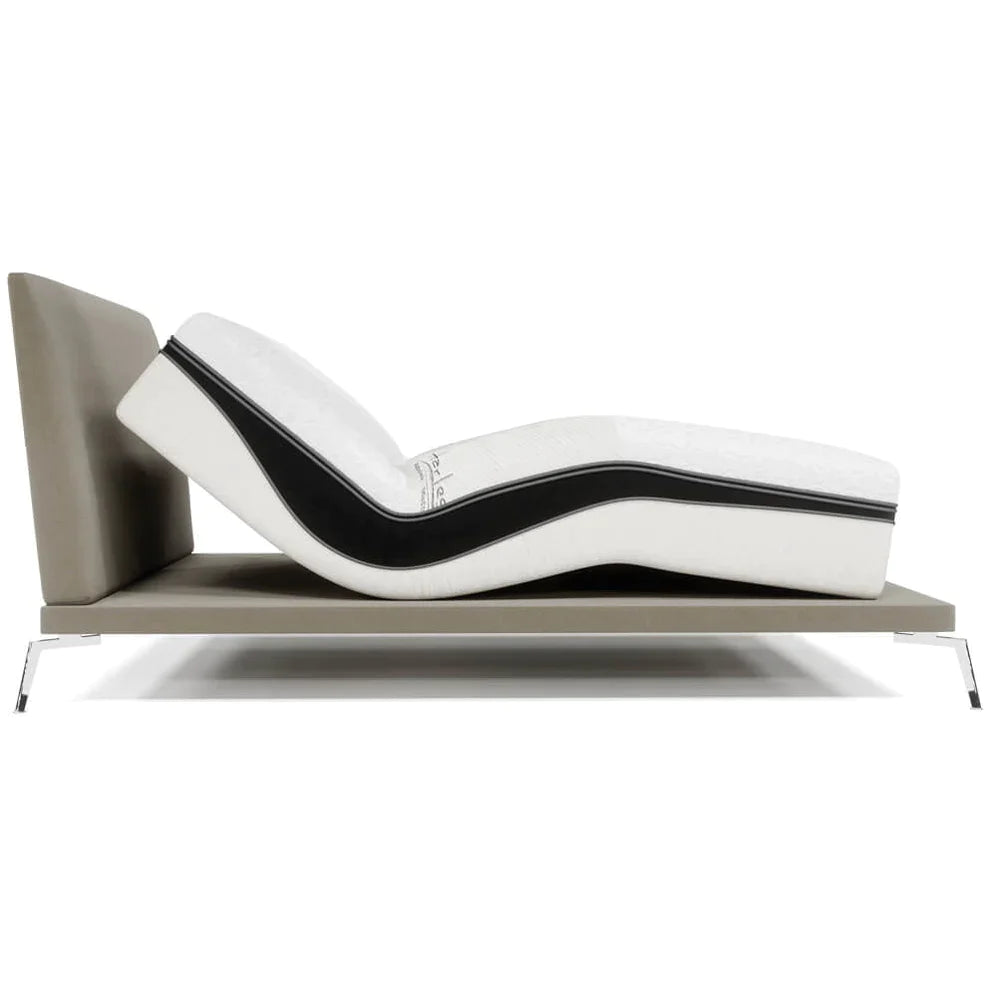
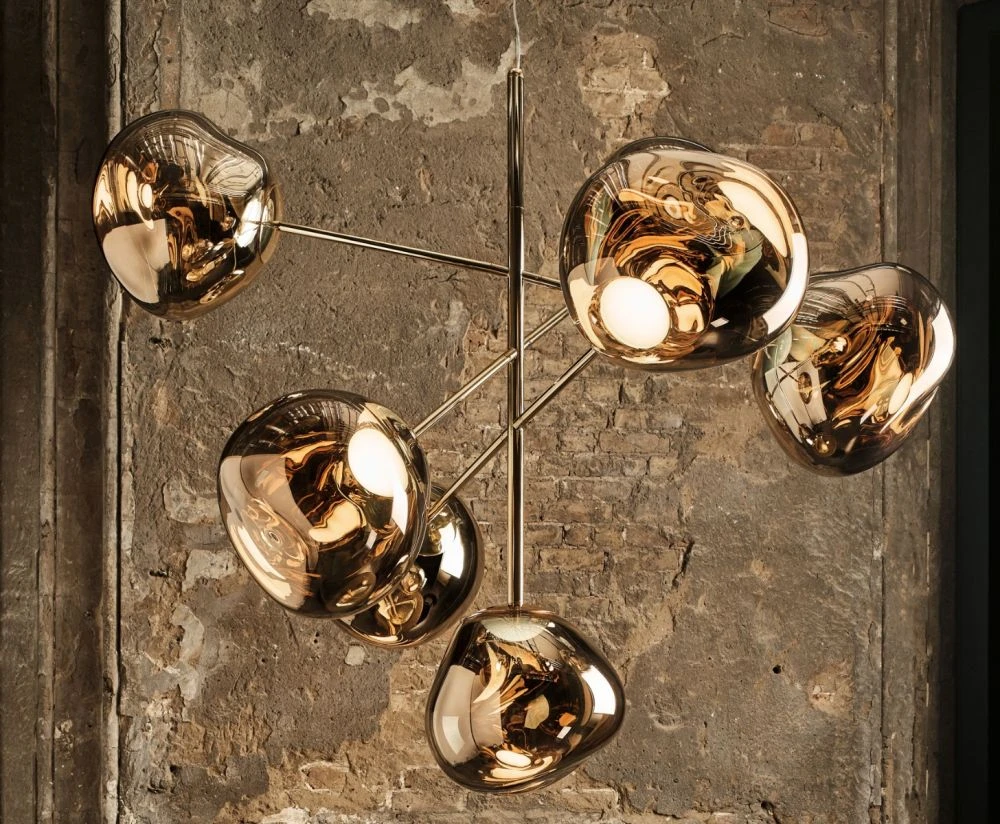
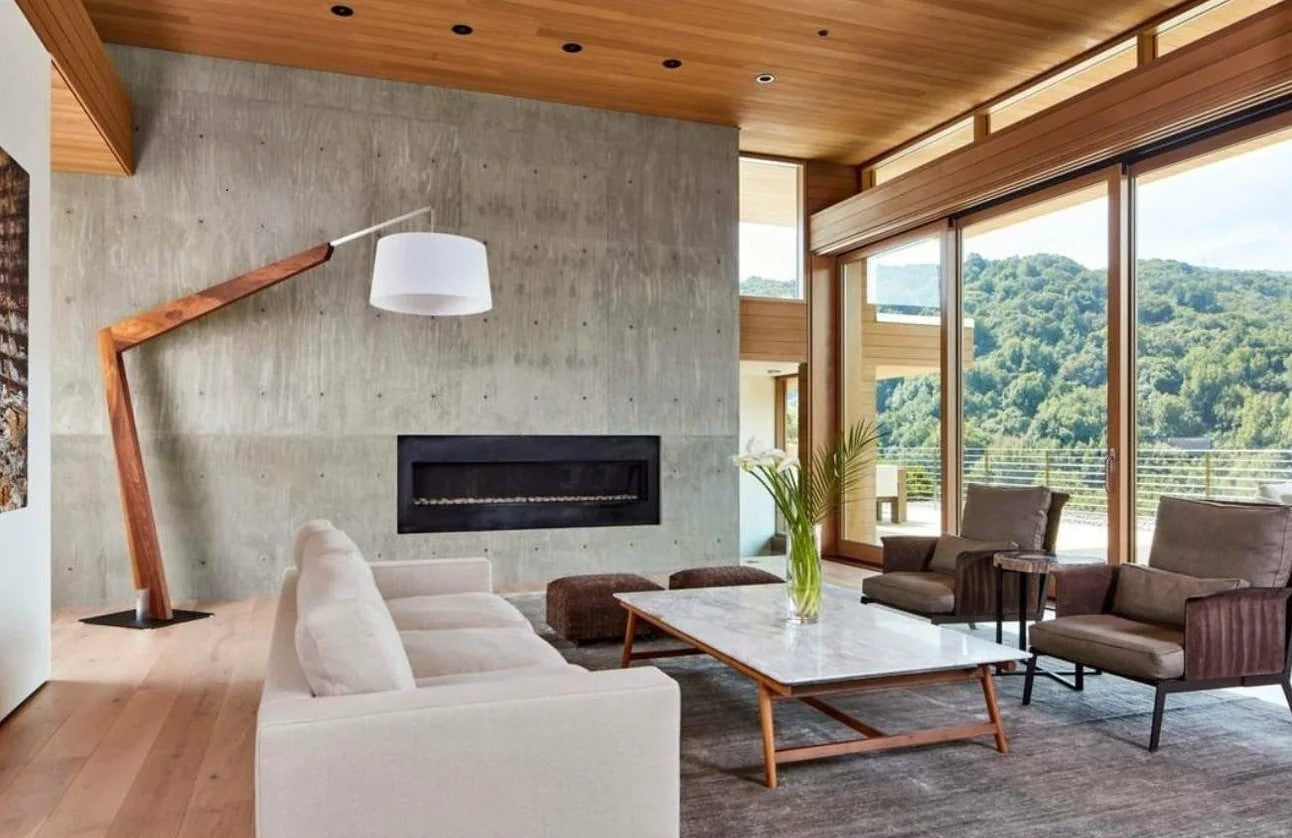
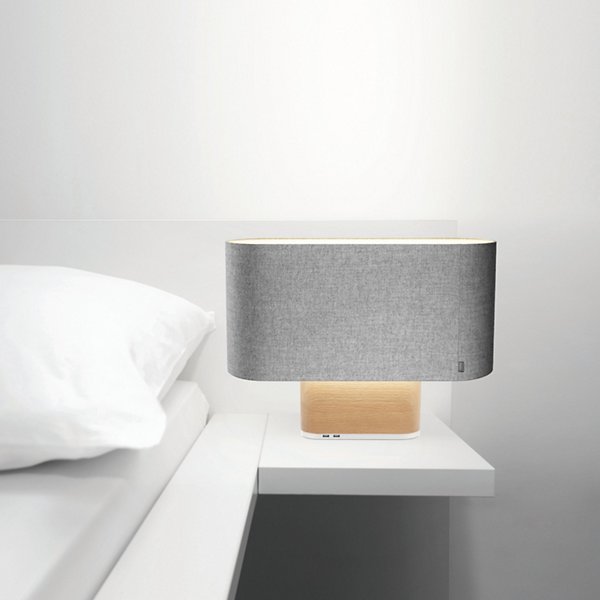
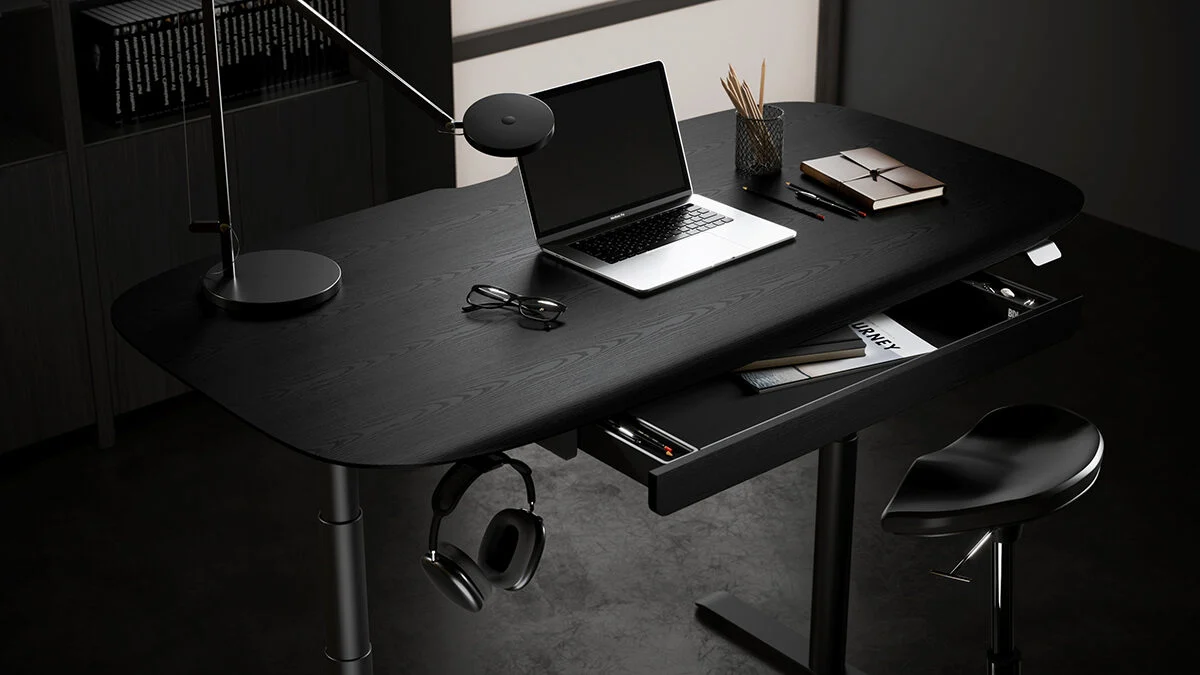
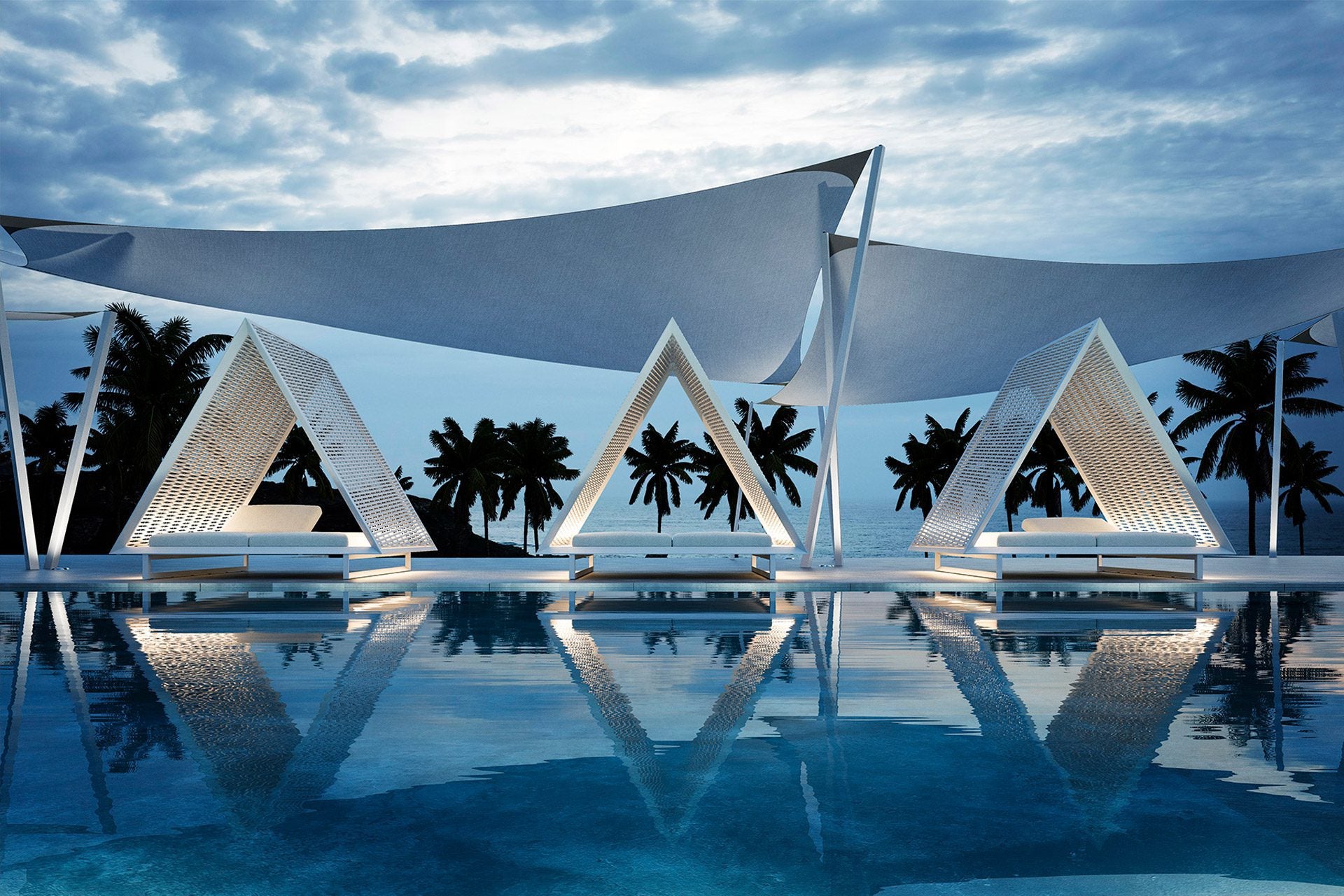
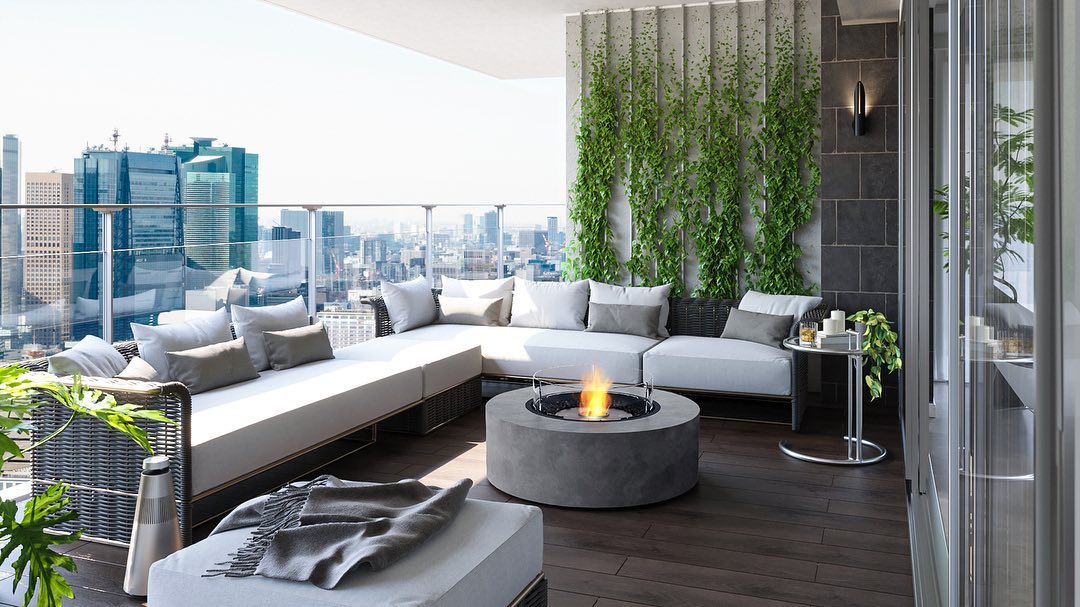
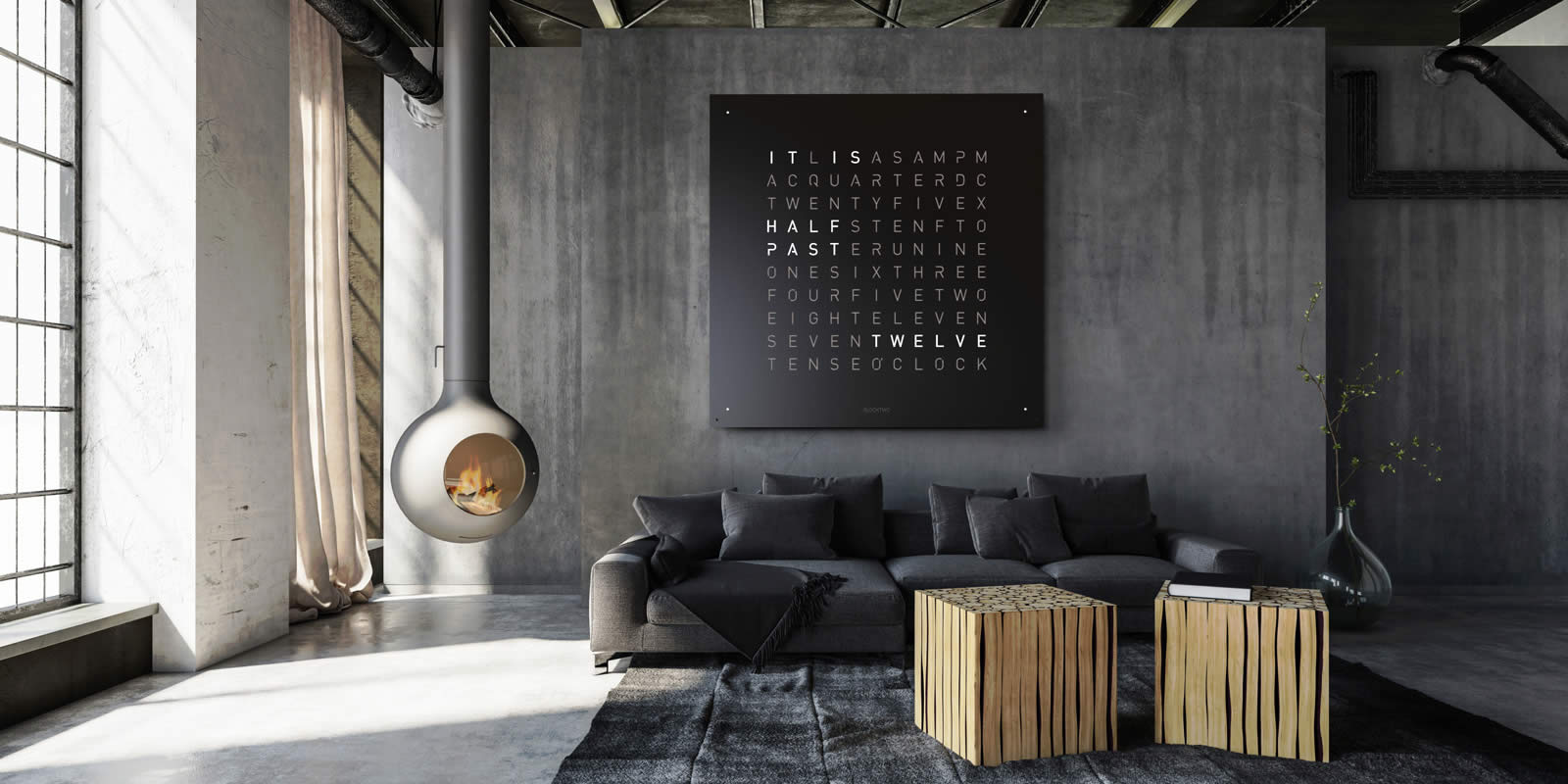
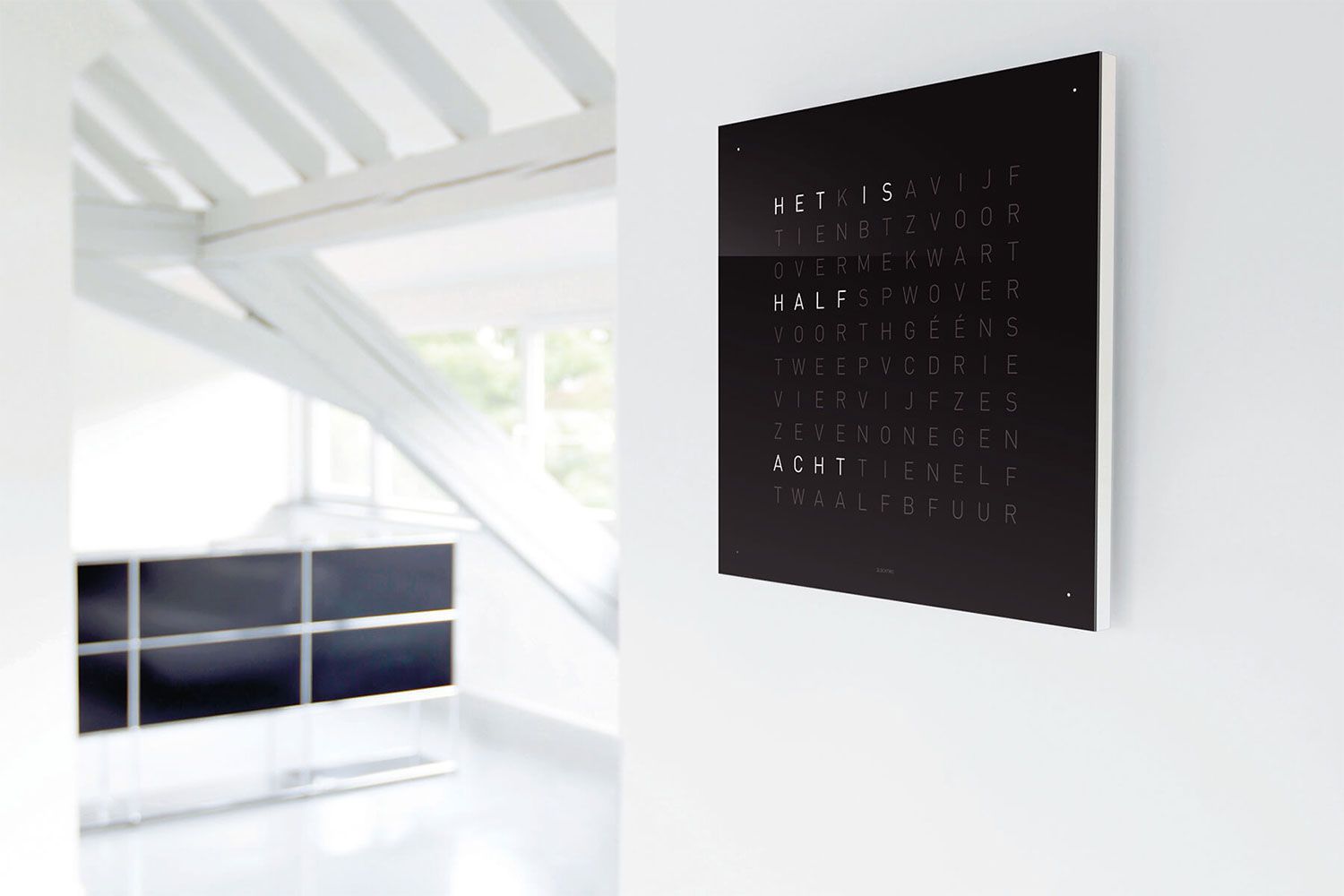

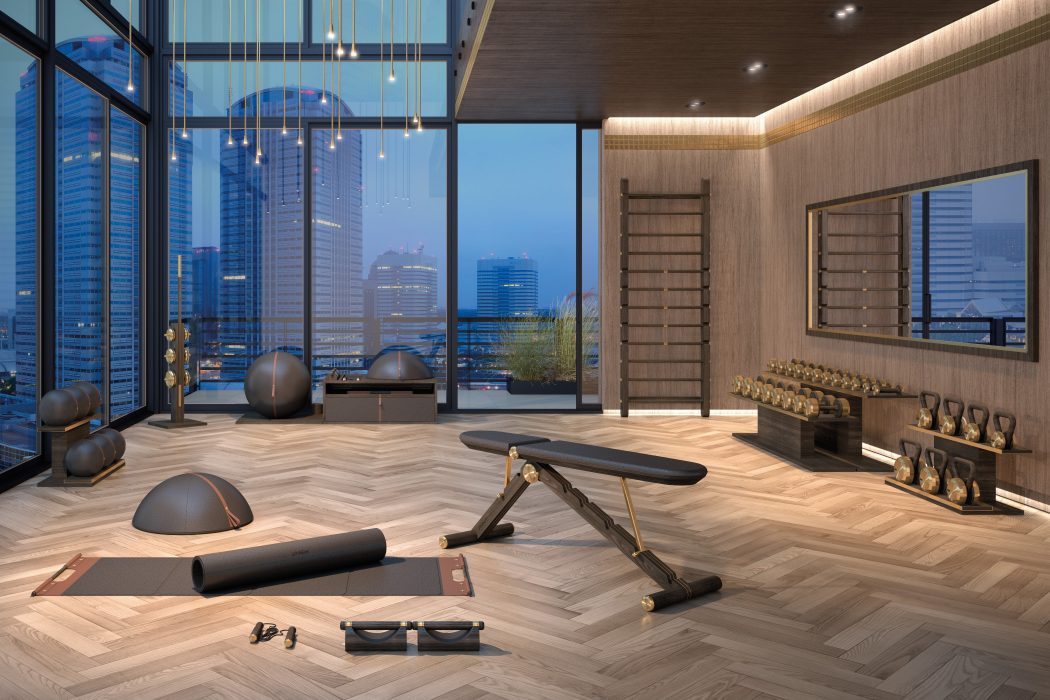
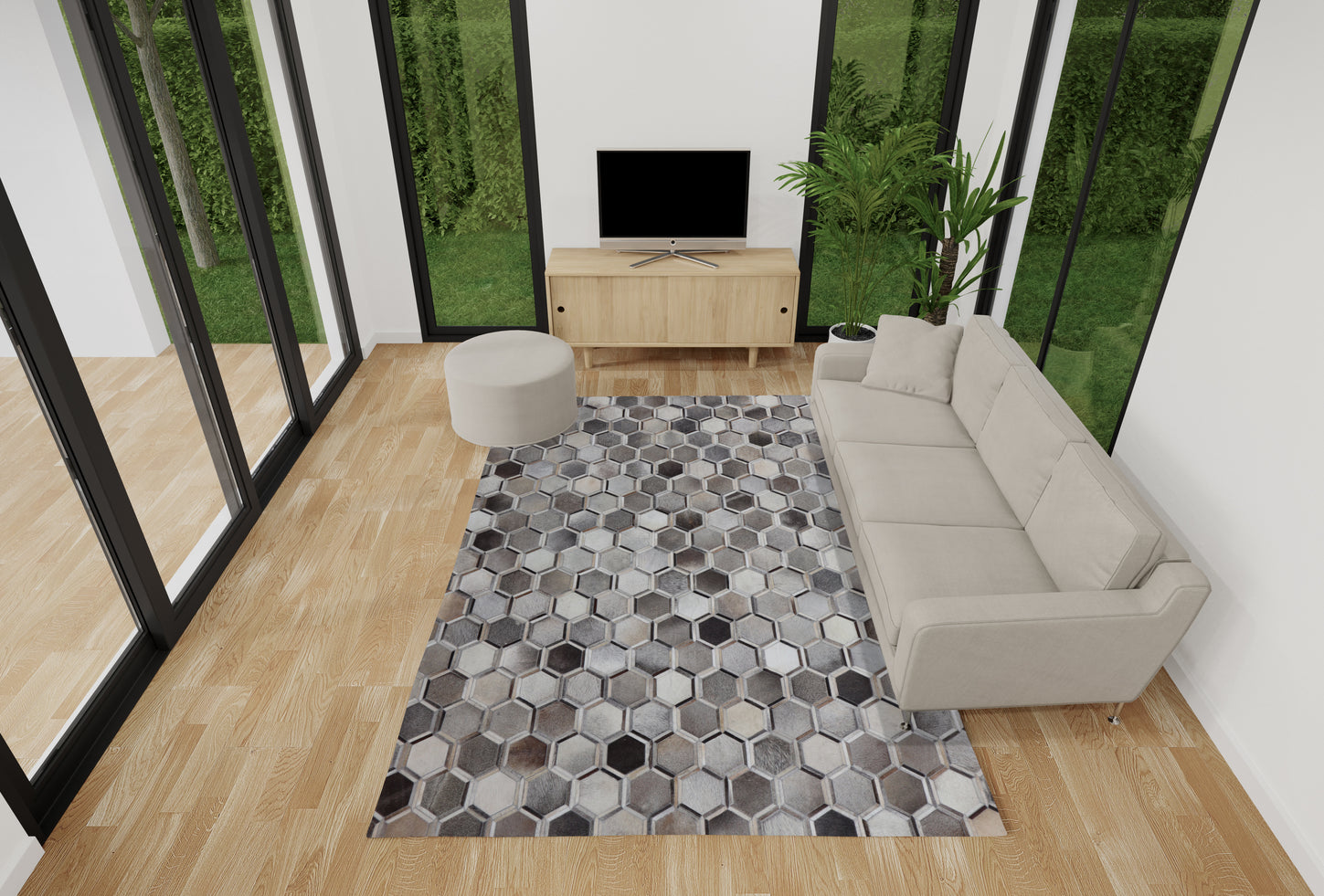

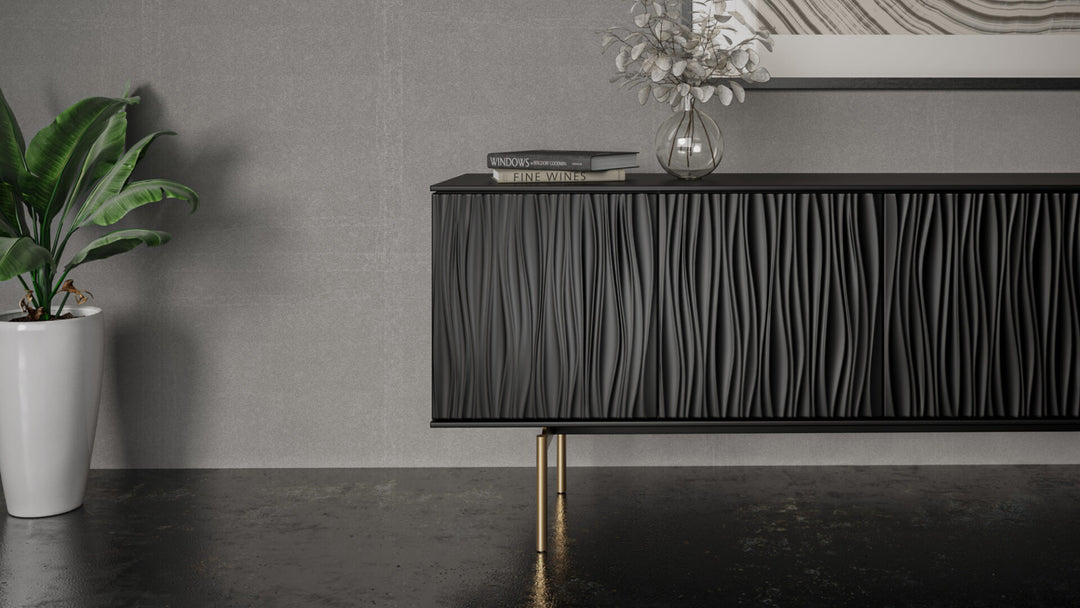
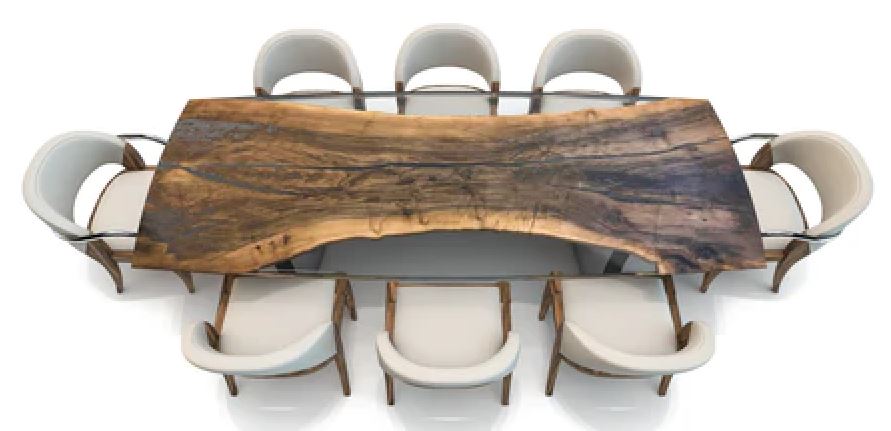
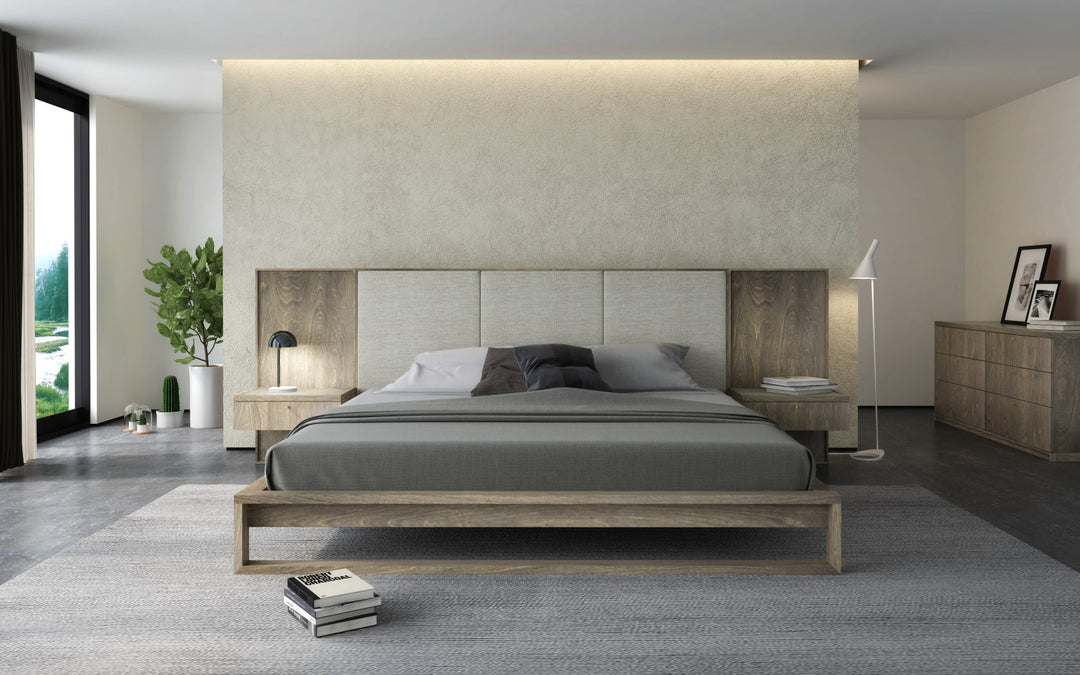

Leave a comment